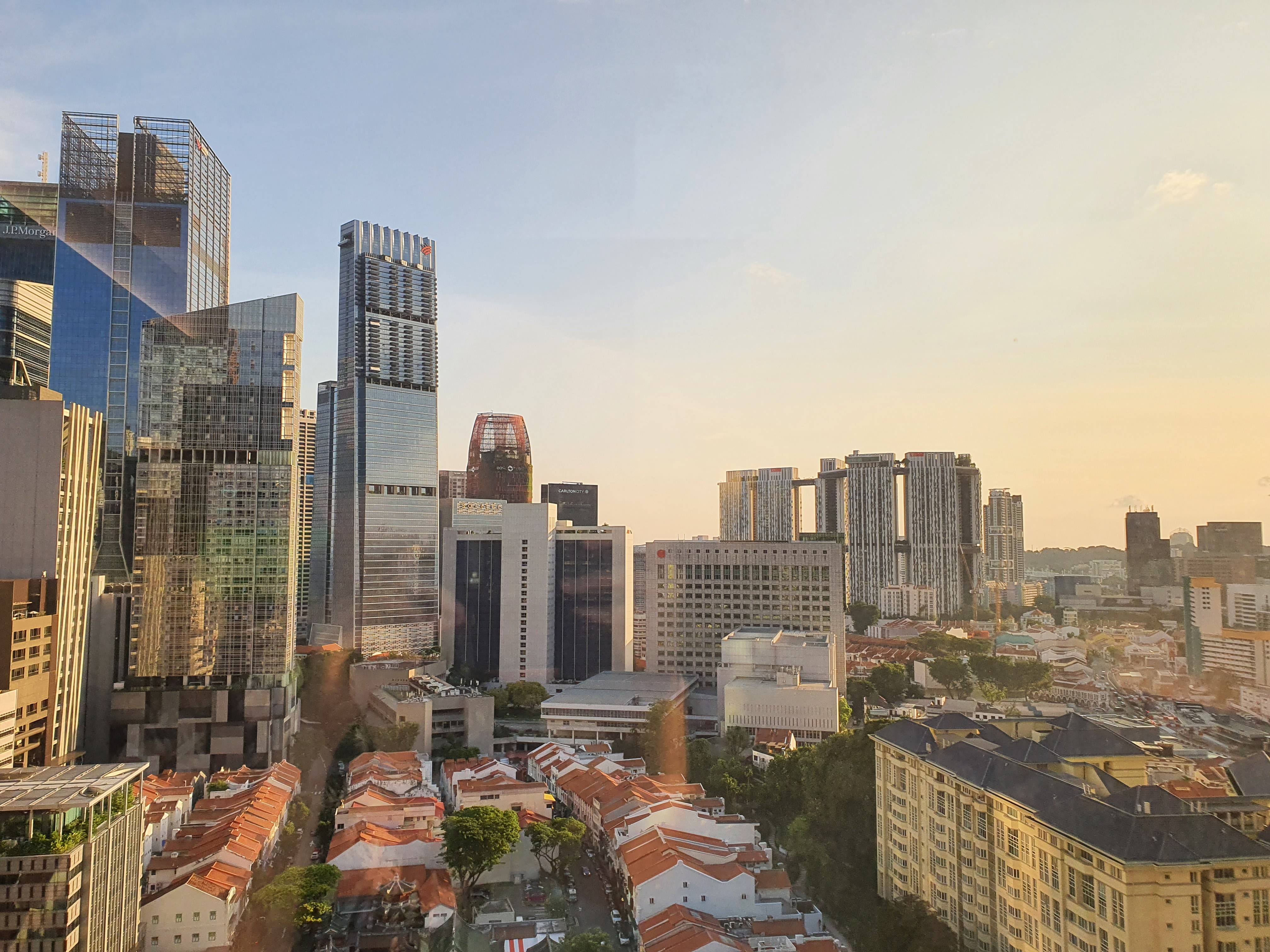
btoh
No personal profile
555Follow
12Followers
0Topic
0Badge
K
US STOCKS-Wall Street Ends Choppy Session Higher With Focus Firmly on Fed
K
Nvidia: Ethereum Merge Unleashes A Tsunami Of Used Graphics Cards
K
Traders See Inflation Falling for Rest of 2022, but That Likely Won’t End Fed Rate Hikes Or Market Volatility
K
How a CEO Rescued a Big Bet on Big Oil; "There Were a Lot of Doubters"
K
The Passing of the Second Elizabethan Age
K
Microsoft: Why I Traded It In For Apple And Google
K
Crypto Stocks Slid in Morning Trading, With Canaan Falling Over 4% and SOS Falling Over 3%
K
GameStop, Apple, Kroger, NIO, and Other Stocks for Investors to Watch This Week
K
Reminder: US Market Will be Closed for Labor Day on Monday, 5 September 2022 EDT
K
Stocks Headed for More Pain as 3,900 Becomes New Line in the Sand for the S&P 500, Chart Watchers Say
K
Jobs in Focus after Hawkish Powell Speech: What to Know This Week
K
Nvidia: Guidance Is A Game-Changer
K
Powell's Policy Point: Inflation Must Be Beat, And It Won't Be Pretty
K
Full Speech By Federal Reserve Chair Powell on Monetary Policy and Price Stability
K
Nvidia: Disaster Guidance
K
US STOCKS-Wall Street Ends Down As Investors Eye Slowing Economy
K
Tesla Must Face The Comeback Of Affordable ICE Vehicles
K
Sorry, the original content has been removed
K
No, There Is No New Short-Selling Champion in Tesla Stock
K
US STOCKS-Wall Street Ends Down As Yields Rise; Indexes Post Weekly Losses
Go to Tiger App to see more news